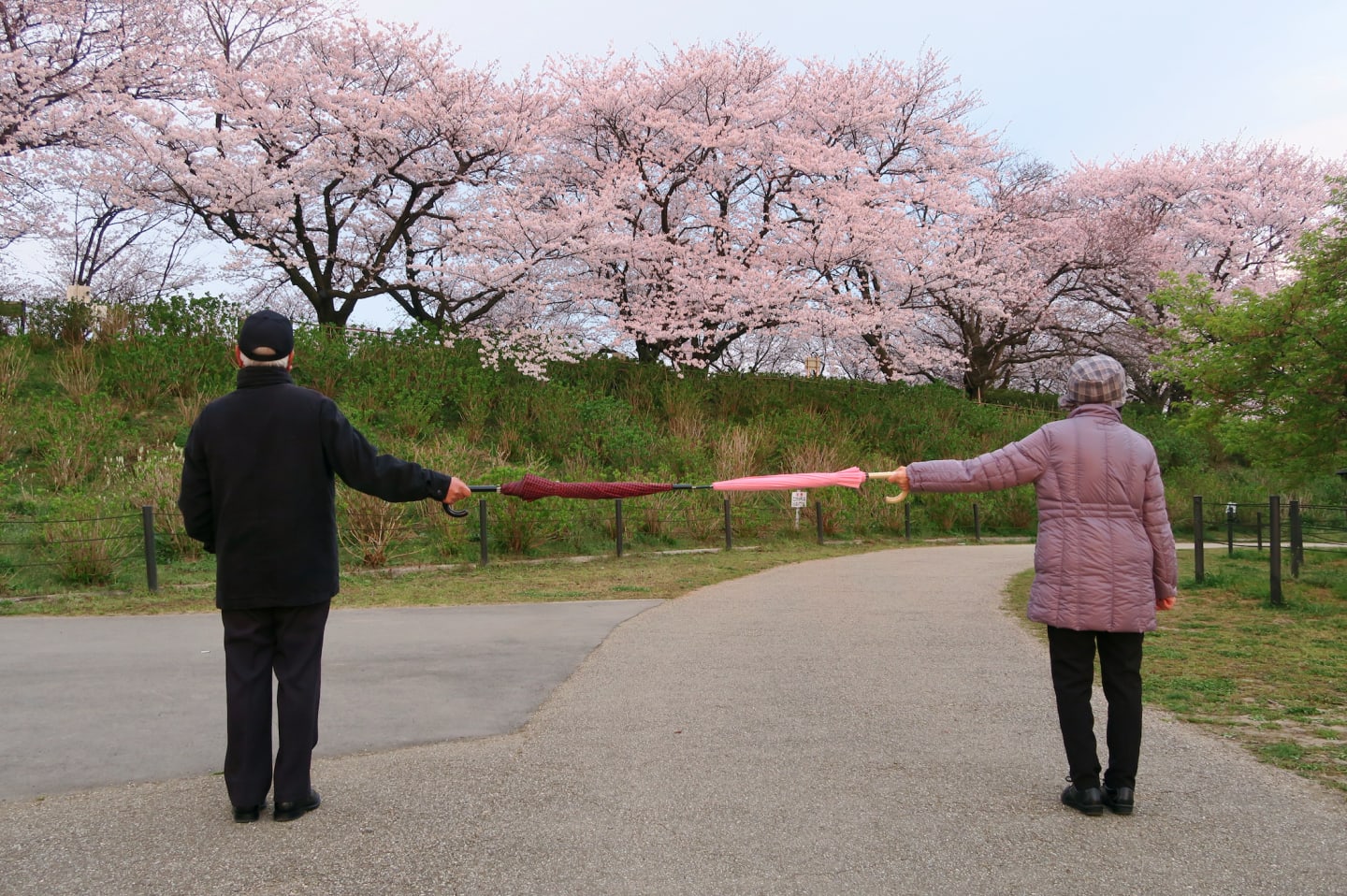COVID-19: Is it possible to practise social distancing at home? Absolutely
These days, it’s all about social distancing. Studies have shown that the novel coronavirus (COVID-19) has an incubation period of five days — a significantly longer period of time compared to the common cold, which is generally one to two days — and patients can infect others before beginning to show symptoms. Before a cure is found, social distancing is the way to go about limiting the spread of the virus.
In a press conference last week, Prime Minister Scott Morrison advised Australians to maintain at least 1 to 1.5 metres of physical distance between one another in public spaces. However, social distancing is just as critical at home as it is outdoors, especially if anyone at home had been in contact with a possible carrier. The Australian Department of Health has released guidelines to do so.
Social distancing should be and can be, pre-emptive and low cost, according to the Medical Journal of Australia. In other words, social distancing should be practised as early as possible as a preventive measure, and it can be achieved without spending money on sophisticated medical equipment.
The following applies to all households:
Maintaining hygiene around the household is essential, especially in ‘high touch’ areas such as the bathroom and the kitchen. Health officials discourage against touching one’s face, so perhaps intimate contact between family members should be avoided for the time being. Health officials are also encouraging people to take extra precautions when coughing or sneezing. Fluids can easily pass on from one person to another through hands; considering the high infection rate of COVID-19, this etiquette should not be taken lightly. The correct and socially responsible way is to cough or sneeze is into the crook of your elbow and always remember to wash that item of clothing as soon as you can.
For households with members under quarantine, or members who are ill:
In addition to the above steps, extra steps have to be taken to contain the spread of the virus under one’s roof. If a family member at home is ill, they should ideally stay in an isolated room, and reduce all physical contact with other members of the household.
If possible, there should only be one person caring for the sick individual, and the carer should be wearing a surgical mask at all times. When bringing food to the patient, it is encouraged to leave it by the door or a place where the patient can collect it without being in contact with the carer. The door of the patient’s room should also be kept closed at all times to reduce the risk of the virus travelling to other parts of the home.
If anyone at home is exhibiting symptoms of COVID-19, follow instructions from the Department of Health and seek medical attention immediately. For serious symptoms, such as difficulty breathing, the urgent medical helpline is 000.
The Australian Government has also set up a National Coronavirus Helpline for those who wish to seek information about the virus. The number, 1800 020 080, is available 24 hours a day, seven days a week.
